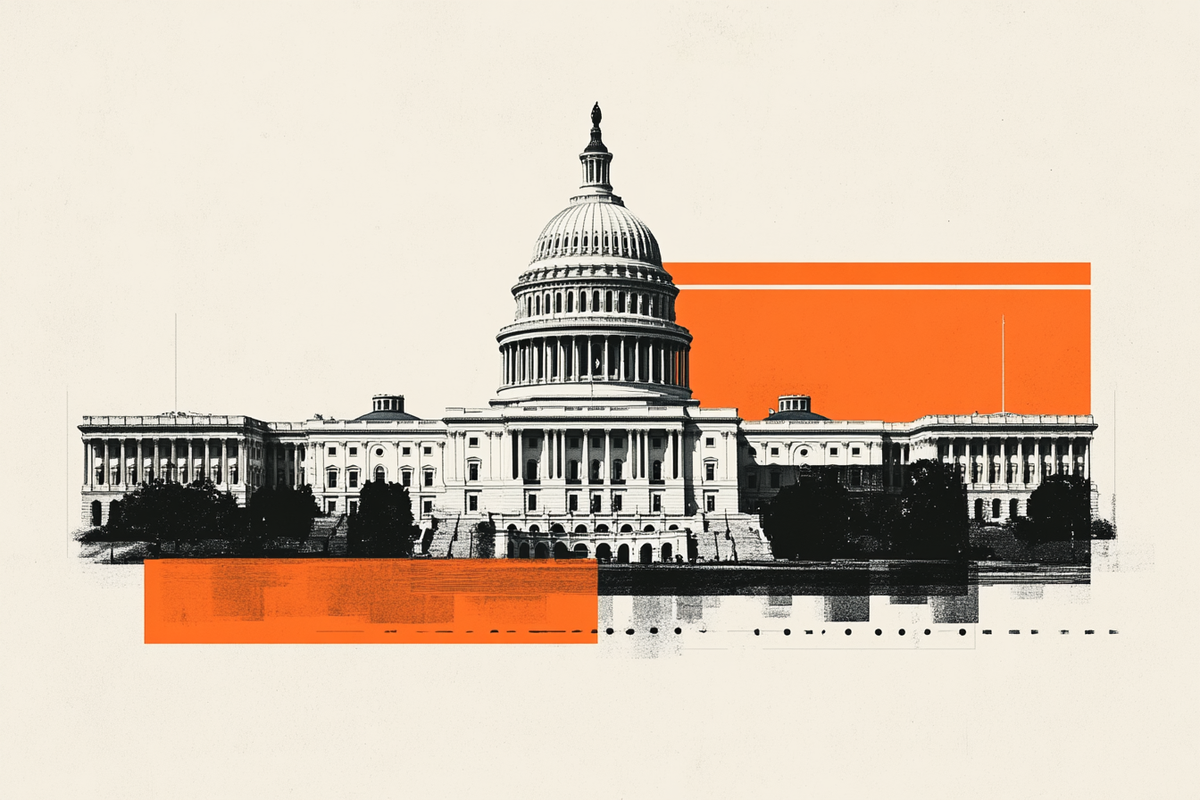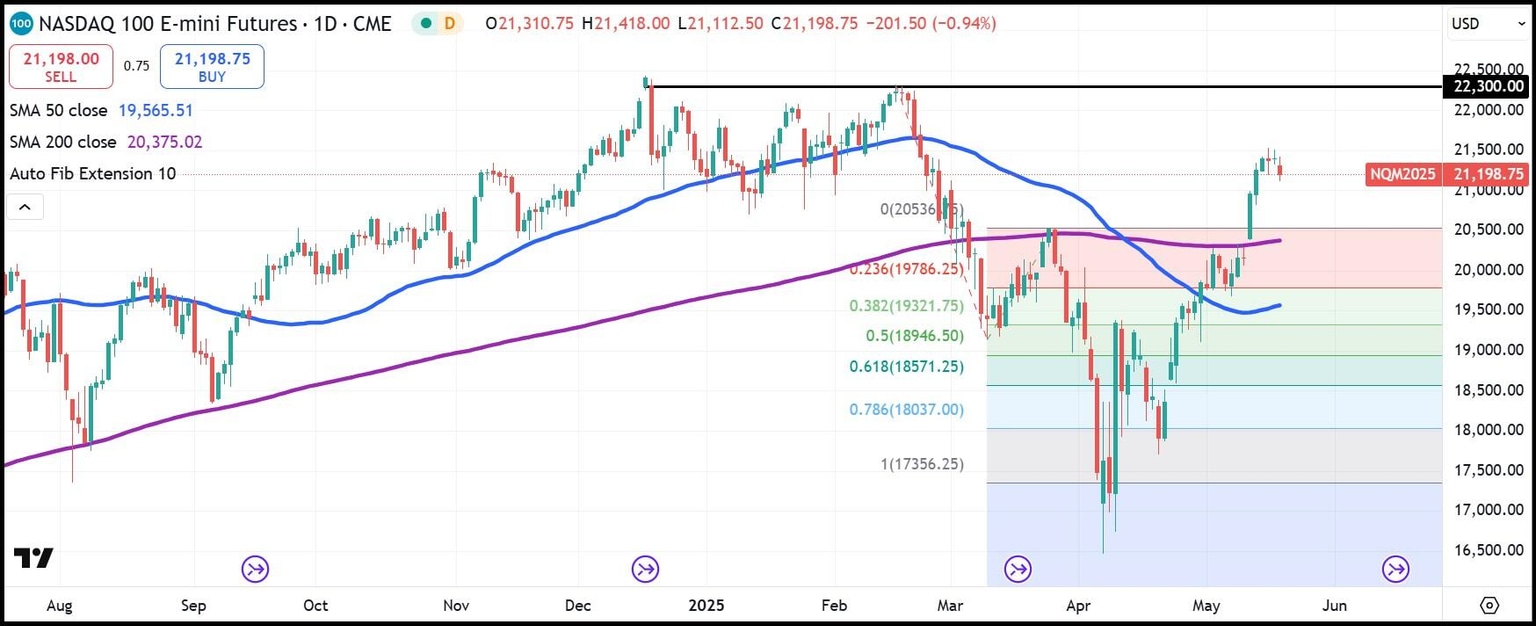Stock futures contract after Moody's US debt downgrade
- Moody's downgrades US debt from Aaa to Aa1, citing deficits.
- US Treasury yields rise, with the 30-year surpassing 5%.
- House Budget Committee narrowly passes the federal budget out of committee.
- China raises tariffs on US, EU engineering plastics.

United States (US) stocks opened on a sour note on Monday following the fallout late Friday when the Moody's credit rating agency lowered its outlook on US debt from Aaa to Aa1. Moody's had already had the US government on watch for a year and a half, so the actual downgrade shouldn't have surprised investors too much. What's more, Moody's was the last of the three major ratings agencies to downgrade the US.
But the downgrade comes as House Republicans pushed their latest funding bill out of committee, so the market is renewing its position on US politicians' failure to rein in large ongoing deficits. The Republican bill does cut funding from climate policies and Medicaid, but extends Trump's 2017 tax cuts and increases military funding that results in a continuing structural deficit.
"This (the downgrade) is a major symbolic move, as Moody's was the last of the major rating agencies to have the US at the top rating," said Deutsche Bank's Jim Reid in a client note. "Moody's has had them on watch since November 2023, and if there is going to be a change, then it tends to happen within 12–18 months, so this news shouldn't have been unexpected."
The House Budget Committee passed the bill out of committee with a slim 17 to 16 vote, and it appears House Speaker Mike Johnson still has his work cut out for him as a segment of Republicans are demanding steeper cuts.
NASDAQ futures slumped more than 1.4% in Monday's premarket, and the S&P 500 futures gave up 1%.
Of interest, the US 30-year Treasury saw its yield top 5% for the first time since October of 2023 as the market demands a higher yield for higher risk. The US 10-year, which is significant for the US mortgage industry, also saw its yield rise 1.67% to 4.56%, which may increase market flows from equities to bonds.
Across the Pacific, China's Retail Sales increased 5.1% YoY in April from 5.9% in March and below the consensus of 5.5%. China's Industrial Production hit 6.1% YoY, well above the consensus of 5.5% but down from 7.7% in March. China also instituted steep anti-dumping tariffs on POM copolymers, a type of engineering plastic used in vehicles and consumer electronics. The tariff rate was set at 74.9% for US producers and 34.5% for European firms. Japan and Taiwan were also subject to tariffs.
The Home Depot (HD), Lowe's (LOW), Snowflake (SNOW) and Palo Alto Networks (PANW) all report earnings this week.

NASDAQ 100 E-mini Futures daily chart
Premium
You have reached your limit of 3 free articles for this month.
Start your subscription and get access to all our original articles.
Author

Clay Webster
FXStreet
Clay Webster grew up in the US outside Buffalo, New York and Lancaster, Pennsylvania. He began investing after college following the 2008 financial crisis.

















